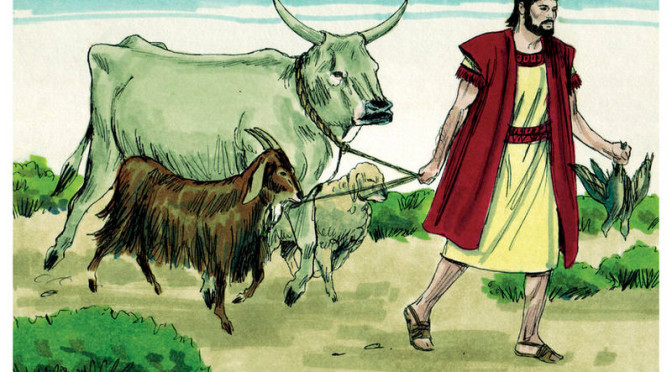“Mormonism is truth; and every man who embraces it feels himself at liberty to embrace every truth: consequently the shackles of superstition, bigotry, ignorance, and priestcraft, fall at once from his neck.”
— Joseph Smith
In 2013, the LDS church posted an essay to it’s official website (www.lds.org) denouncing many of their previously official, semi-official, and non-official racist teachings. Previous church leaders had claimed that people born with black skin were less faithful in The Pre-Existence (a spirit world where all souls existed before being born into physical bodies). The 2013 essay also reiterated the church’s 1978 policy of including persons of all races and colors in full church membership, which had been previously restricted to white members.
When Sunday School teacher Brian Dawson, who is married to a woman from Nigeria, was asked by one of his students about the 1978 change, he used the official essay to explain the polices and beliefs of the Mormon church.
For this, he was released [fired] from his position. From The Salt Lake Tribune:
After the class, students told their families about the conversation. One parent complained to Dawson’s bishop.
“Anything regarding black history before 1978 is irrelevant,” Dawson recalls his bishop saying, “and a moot point.”
Then, the former teacher says, his bishop insisted during a February interview that Dawson agree never again to bring up the essay or discuss “black Mormon history” in the class.
Dawson declined — even after believing he would be “released” from teaching the class for disobedience.
“If the [Holy] Spirit guides me in a way that involves these multitude of documents,” he asked the bishop, “who am I to resist the enticing of the Spirit?”
The bishop replied, according to Dawson, “The Spirit is telling me to tell you not to use those documents.”
According to the Tribune article, and my own experiences, many current members are ignorant to the existence and content of recent essays written and approved by the LDS Church. These essays attempt to explain some “difficult” areas of Mormon history and belief, including race, polygamy, The Book of Abraham, and Book of Mormon archaeology.
The attitude toward these essays seem an anomaly for a population that usually hangs on every word of their prophets, seers, and revelators. Their existence and publication has been noted in local and national media, but remains an open secret among members. In addition, these essays are not directly navigable from the LDS website itself; one has to use specific search terms to find them.
For me, growing up as a Mormon, LDS Church history was critically important. My family read the official Church history at the breakfast table. I knew, or thought I knew, all about Joseph Smith, Kirkland, Governor Boggs, Haun’s Mill, The Pioneer trek, the founding of Salt Lake City, etc. Each piece of minutiae was a new faith-building anecdote. That these new essays are unintentionally and/or wilfully ignored seems telling that their contents are troubling and embarrassing. One might question why The Church has written them at all. Of course, if the “approved” versions can be this disturbing to members, what might unapproved sources have to say about these topics?

